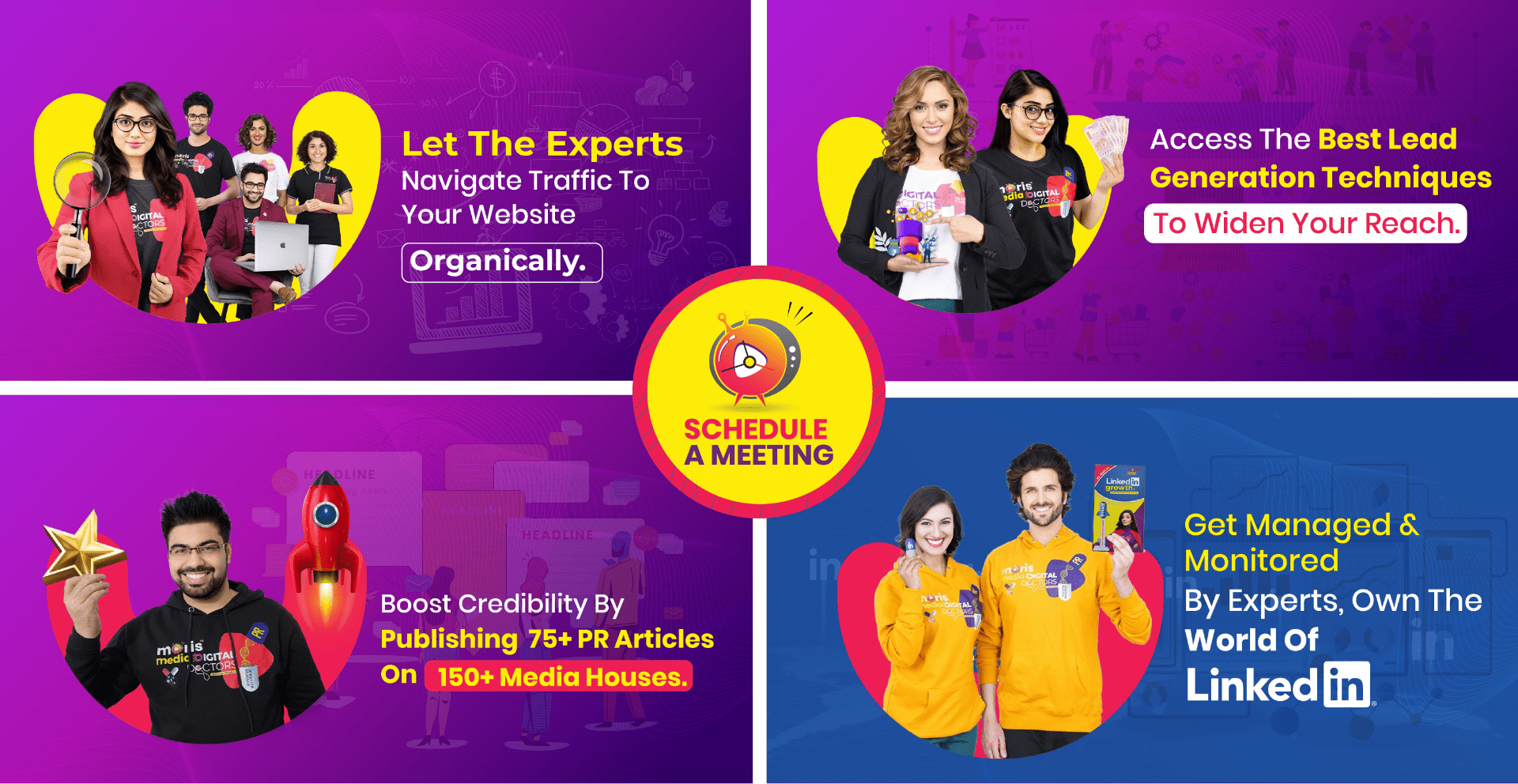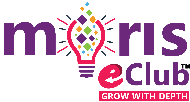Frequently Asked Questions
Search engine optimization (SEO) is the process of optimizing a website or web page to increase its visibility and ranking in search engine results pages (SERPs) for specific keywords or phrases. SEO involves a combination of on-page optimization, off-page optimization, and technical optimization to improve website performance and relevance for search engines.
On-page optimization involves optimizing website content, including page titles, headings, meta descriptions, and other elements, to make them more relevant and valuable for users and search engines. Off-page optimization involves building links to the website from other high-authority websites, social media, and other sources, to increase visibility and authority. Technical optimization involves improving website performance, including site speed, security, mobile-friendliness, and other technical factors that impact search engine rankings.
SEO works by optimizing a website or web page for specific keywords or phrases to increase its visibility and ranking in search engine results pages (SERPs). The goal of SEO is to help search engines better understand the content on the website and determine its relevance and value to users searching for specific topics or information.
SEO involves a combination of on-page optimization, off-page optimization, and technical optimization. On-page optimization involves optimizing website content, including page titles, headings, meta descriptions, and other elements, to make them more relevant and valuable for users and search engines. This includes incorporating targeted keywords and phrases into the content in a natural and informative way.
Off-page optimization involves building links to the website from other high-authority websites, social media, and other sources, to increase visibility and authority. This helps to establish the website as a trusted and valuable resource for users and search engines.
Technical optimization involves improving website performance, including site speed, security, mobile-friendliness, and other technical factors that impact search engine rankings. This helps to ensure that the website is easy to crawl and index by search engines and provides a positive user experience for visitors.
Moris Media identifies several benefits that SEO can provide for businesses, including:
Increased visibility and traffic: SEO helps to improve a website's ranking in search engine results pages (SERPs), making it more visible to potential customers who are searching for products or services related to the business.
Targeted traffic: SEO allows businesses to target specific keywords and phrases related to their products or services, which can attract highly targeted traffic to the website and increase the likelihood of conversions.
Cost-effective: SEO is a cost-effective way to attract organic traffic to a website, without the need for expensive advertising or marketing campaigns.
Improved user experience: SEO involves optimizing website content and performance, which can lead to a better user experience for visitors to the site.
Increased brand awareness and authority: By appearing at the top of search engine results pages, businesses can increase their brand awareness and establish themselves as a trusted and authoritative source of information.
Long-term results: Unlike paid advertising, which requires ongoing investment, SEO can provide long-term results that continue to benefit a business over time.
Social media marketing (SMM) is the practice of using social media platforms such as Facebook, Instagram, Twitter, LinkedIn, and others to promote a product or service and engage with customers. The goal of SMM is to increase brand awareness, drive traffic to a website, and generate leads and conversions.
SMM involves creating and sharing content on social media platforms, including text, images, videos, and other media, to engage with followers and build a community around a brand. This content can include promotional content, educational content, entertaining content, or other types of content that are relevant to the brand and its target audience.
SMM also involves using social media advertising to reach a wider audience and drive traffic to a website. Social media ads can be targeted based on a variety of factors, including demographics, interests, behaviours, and more, to ensure that ads are seen by the most relevant audience.
Social media marketing (SMM) works by using social media platforms such as Facebook, Instagram, Twitter, LinkedIn, and others to promote a product or service and engage with customers. Moris Media, India’s leading social media marketing agency, shares the working process.
Define your target audience: Before starting a social media marketing campaign, it's important to identify the target audience for the product or service being promoted. This helps to ensure that social media content and advertising is tailored to the right audience.
Choose the right social media platforms: Different social media platforms have different audiences and features. It's important to choose the right platforms for your target audience and marketing goals.
Create engaging content: Social media content should be engaging and relevant to the target audience. This can include promotional content, educational content, entertaining content, or other types of content that are relevant to the brand and its target audience.
Build a community: SMM involves building a community of followers and engaging with them through social media content, comments, and messages. This helps to establish a connection with the audience and build brand loyalty.
Use social media advertising: Social media advertising allows businesses to target specific audiences with highly relevant ads. This can help to drive traffic and conversions to a website.
Analyse and adjust: It's important to track the performance of social media campaigns and adjust the strategy as needed. This can involve analysing metrics such as engagement rates, click-through rates, and conversions to optimize the effectiveness of SMM efforts.
Moris Media lists out down the Social media marketing (SMM) benefits for businesses:
Increased brand awareness: SMM allows businesses to reach a wider audience and build brand awareness through social media platforms.
Improved customer engagement: SMM enables businesses to engage with customers and build a community of followers, which can help to establish brand loyalty and increase customer retention.
Targeted advertising: Social media advertising allows businesses to target specific audiences with highly relevant ads, which can help to increase conversions and drive traffic to a website.
Cost-effective marketing: SMM can be a cost-effective way to promote a product or service, as social media platforms offer a range of advertising options to suit different budgets.
Improved customer insights: SMM provides businesses with valuable insights into their target audience, including demographics, interests, and behaviours, which can inform marketing strategies and improve overall business performance.
Increased website traffic: SMM can help to drive traffic to a website through social media content and advertising, which can lead to increased conversions and revenue.
Influencer marketing is a type of marketing that involves using influential people to promote a brand or product to their followers. Influencers are typically people who have a large social media following and are seen as experts or thought leaders in a particular industry or niche.
In influencer marketing, brands partner with influencers to create content that promotes their products or services. This can involve sponsored posts, reviews, endorsements, or other types of content that showcase the benefits of the brand or product.
Influencer marketing is often seen as an effective way to reach a targeted audience and build brand awareness, as influencers have a loyal following of engaged followers who trust their opinions and recommendations. It can also be a cost-effective marketing strategy, as it allows brands to reach a large audience without the high costs associated with traditional advertising.
Influencer marketing works by partnering with influential people (i.e., influencers) to promote a brand or product to their followers. Moris Media lists out the steps involved in the process:
Identifying relevant influencers: Brands must identify relevant influencers who have a large social media following and are a good fit for their brand and target audience.
Developing a partnership: Once relevant influencers have been identified, the brand must develop a partnership with them. This involves outlining the terms of the partnership, such as compensation and the type of content that will be created.
Creating content: Influencers create content that promotes the brand or product. This can take many forms, including sponsored posts, reviews, endorsements, or other types of content that showcase the benefits of the brand or product.
Sharing content: Influencers share the content they created on their social media platforms. This helps to reach a wider audience and build brand awareness.
Measuring results: Brands measure the results of the influencer marketing campaign to determine its effectiveness. This can include metrics such as engagement rates, reach, and conversions.
Moris Media lists down the benefits Influencer marketing offers for businesses:
Reaching a targeted audience: Influencers have a large following of engaged followers who are interested in their content. This allows businesses to reach a highly targeted audience that is likely to be interested in their products or services.
Building brand awareness: Influencers have a strong presence on social media platforms, which allows businesses to increase their brand awareness and visibility.
Building trust and credibility: Influencers are seen as experts in their niche or industry, which gives them credibility and authority. By partnering with influencers, businesses can build trust and credibility with their target audience.
Increasing engagement: Influencer marketing can help businesses increase their engagement rates on social media platforms, which can lead to increased brand loyalty and sales.
Generating leads and sales: Influencer marketing can lead to increased sales and conversions, as influencers can encourage their followers to purchase products or services.
Cost-effective: Influencer marketing can be a cost-effective alternative to traditional advertising, as it allows businesses to reach a large audience without the high costs associated with traditional advertising.
Content marketing is a marketing strategy that involves creating and distributing valuable, relevant, and consistent content to attract and retain a clearly defined audience — and, ultimately, to drive profitable customer action.
The content created through content marketing can take many forms, including blog posts, articles, infographics, videos, podcasts, social media posts, and more. The content is typically created with the goal of providing value to the target audience, rather than directly promoting a product or service.
The goal of content marketing is to build a relationship with the target audience by providing them with helpful and informative content that solves their problems or answers their questions. This helps to build trust and establish the brand as an authority in its industry.
Content marketing is a long-term strategy that focuses on building a strong relationship with the target audience, rather than trying to make a quick sale. By providing valuable content, businesses can attract and retain a loyal following of customers who are more likely to make a purchase in the future.
Content marketing works by creating and distributing valuable, relevant, and consistent content to attract and retain a clearly defined audience. Moris Media lists down the typical steps involved:
Define the target audience: The first step in content marketing is to define the target audience. This involves identifying the characteristics of the ideal customer, such as their age, gender, interests, and pain points.
Create a content strategy: Once the target audience is defined, the next step is to create a content strategy. This involves identifying the types of content that will be created, the platforms where the content will be published, and the goals of the content.
Create valuable content: The heart of content marketing is creating valuable content that provides information, solves problems, or answers questions for the target audience. This content can take many forms, such as blog posts, articles, infographics, videos, podcasts, and social media posts.
Publish and distribute the content: Once the content is created, it must be published and distributed to the target audience. This can be done through a variety of channels, such as a blog, social media platforms, email marketing, or other online platforms.
Analyse and optimize: Finally, the results of the content marketing efforts should be analysed to determine what is working and what needs to be improved. This involves analysing metrics such as website traffic, social media engagement, and conversion rates, and making adjustments to the content strategy as needed.
Moris Media lists down several benefits of content marketing, including:
Increased brand awareness: Content marketing can help increase brand awareness by making businesses more visible online and sharing valuable information that helps potential customers find them.
Improved search engine rankings: By creating high-quality, valuable content, businesses can improve their search engine rankings, making it easier for potential customers to find them when searching for relevant topics.
Enhanced customer engagement: By sharing valuable information and insights, businesses can engage with their customers and build stronger relationships, leading to increased customer loyalty.
Increased website traffic: Valuable content can drive traffic to a business's website, increasing the chances of converting website visitors into customers.
Improved lead generation: By creating and sharing valuable content, businesses can attract new leads and build a database of potential customers who are interested in their products or services.
Cost-effective: Compared to traditional advertising methods, content marketing can be a cost-effective way to reach a wider audience and drive customer action.
Email marketing is a digital marketing strategy that involves sending commercial messages to a group of people via email. The purpose of email marketing is to promote a product, service, or business and encourage recipients to take a desired action, such as making a purchase, signing up for a service, or visiting a website.
Email marketing typically involves creating a list of email subscribers who have opted-in to receive communications from a business, such as through a sign-up form on the business's website. The business can then send targeted email campaigns to this list, using personalized messages and content to engage with subscribers and encourage them to take action.
Email marketing can be a cost-effective way to reach a large audience and build strong relationships with customers. It can also be used to nurture leads and drive conversions, as well as to promote special offers, events, or other marketing initiatives. However, it's important for businesses to follow best practices and guidelines for email marketing, such as ensuring that recipients have opted-in to receive communications and providing an easy way to unsubscribe.
Moris Media lists out the typical steps involved in email marketing, which include:
Building an email list: The first step in email marketing is to build a list of subscribers who have opted-in to receive communications from a business. This can be done through a sign-up form on the business's website, social media channels, or other marketing initiatives.
Creating an email campaign: Once a list of subscribers has been established, a business can create an email campaign that includes a message or offer that is relevant and valuable to the target audience. This can include a promotional offer, company news or updates, or other types of content.
Designing an email template: To ensure that emails are visually appealing and on-brand, businesses often create custom email templates that can be used for various campaigns. These templates typically include branding elements, such as logos, colours, and fonts, as well as placeholders for text, images, and other content.
Sending the email: Once the email campaign has been created and designed, it can be sent to the email list using an email marketing platform or software. The email platform will typically provide analytics and reporting to track the success of the campaign, such as open rates, click-through rates, and conversions.
Analysing and refining the campaign: After the email has been sent, businesses can analyse the results of the campaign and make adjustments as needed. This might include refining the message or offer, changing the design or layout of the email, or targeting the campaign to a different audience.
Moris Media lists out some of the key benefits of email marketing, which include:
Cost-effectiveness: Email marketing is a relatively low-cost way to communicate with a large audience. Unlike traditional advertising methods, there are typically no printing or postage costs associated with email marketing.
Targeted messaging: Email marketing allows businesses to segment their audience and send targeted messages to specific groups based on factors such as demographics, location, or interests.
Increased engagement: Email marketing can be highly engaging, as it allows businesses to communicate directly with their audience and provide them with valuable content or offers.
Measurable results: With email marketing software, businesses can track metrics such as open rates, click-through rates, and conversions, providing valuable insights into the success of a campaign.
Increased sales: Email marketing can help drive sales by promoting offers or products to a targeted audience.
Improved customer retention: Regular email communication with customers can help improve customer loyalty and retention.
Lead generation refers to the process of attracting and capturing potential customers or "leads" for a business. The goal of lead generation is to identify individuals or companies who are interested in a particular product or service and to gather their contact information so that they can be nurtured and eventually converted into customers. Lead generation can be accomplished through a variety of methods, including online advertising, content marketing, email marketing, social media, and events. The success of a lead generation campaign is typically measured by the number of high-quality leads generated, as well as the conversion rate of those leads into paying customers.
The process of lead generation typically involves the steps, as identified by Moris Media:
Identify your target audience: The first step in lead generation is to identify your target audience. This involves understanding who your ideal customer is and what their needs and pain points are.
Create a compelling offer: Once you know your target audience, you need to create a compelling offer that will entice them to provide their contact information. This could be a free trial, a whitepaper, a webinar, or another type of valuable content.
Drive traffic to your offer: To generate leads, you need to drive traffic to your offer. This can be accomplished through a variety of channels, including online advertising, content marketing, social media, and email marketing.
Capture contact information: Once someone is interested in your offer, you need to capture their contact information. This typically involves a landing page with a form where visitors can provide their name, email address, and other relevant information.
Nurture leads: Once you have captured a lead, it's important to nurture them with relevant content and offers in order to keep them engaged and interested in your business.
Convert leads into customers: The ultimate goal of lead generation is to convert leads into paying customers. This is typically accomplished through a combination of targeted marketing and sales efforts.
Lead generation has several benefits for businesses, as per Moris Media:
Increased revenue: By generating a steady stream of high-quality leads, businesses can increase their revenue and grow their customer base.
Improved targeting: Lead generation allows businesses to target their ideal customer, ensuring that their marketing efforts are more effective and efficient.
Better ROI: Compared to traditional advertising methods, lead generation typically offers a better return on investment (ROI), since businesses are only paying for leads that have shown a genuine interest in their product or service.
Greater control over the sales process: By generating their own leads, businesses have greater control over the sales process and can nurture prospects through each stage of the buyer's journey.
Increased brand awareness: Lead generation campaigns can help to raise awareness of a business's products or services, even among people who are not currently in the market to make a purchase.
There are various methods of lead generation that businesses can utilize to attract and capture potential customers. Digital Doctors at Moris Media highlight the most common and successful methods:
Content Marketing: Creating and promoting valuable and relevant content, such as blog posts, articles, videos, and eBooks, to attract and engage target audiences. This can be done through search engine optimization (SEO), social media marketing, and email marketing.
Email Marketing: Building an email list and sending targeted email campaigns to nurture leads and guide them through the sales funnel. This involves providing valuable content, personalized offers, and promotional messages to encourage conversions.
Social Media Marketing: Leveraging social media platforms, such as Facebook, Instagram, LinkedIn, and Twitter, to engage with target audiences, share content, run targeted ads, and drive traffic to landing pages or lead capture forms.
Search Engine Optimization (SEO): Optimizing website content and structure to improve search engine rankings and drive organic traffic. This includes keyword research, on-page optimization, link building, and technical SEO practices.
Paid Advertising: Running paid campaigns on platforms like Google Ads, social media ads, display networks, and native advertising to target specific audiences, drive traffic, and capture leads. This includes pay-per-click (PPC) campaigns and remarketing strategies.
Lead Magnets: Offering valuable incentives, such as eBooks, whitepapers, templates, free trials, or exclusive content, in exchange for contact information. These lead magnets entice visitors to provide their details, becoming leads in the process.
Webinars and Events: Hosting webinars, online events, or workshops on topics of interest to the target audience. By requiring registration, businesses can capture leads and continue to engage them through follow-up communications.
Referral Programs: Encouraging existing customers to refer friends, family, or colleagues in exchange for incentives or rewards. This leverages word-of-mouth marketing and turns satisfied customers into brand advocates who can generate new leads.
Direct Outreach: Proactively reaching out to potential leads through methods like cold calling, email prospecting, or networking events. This method requires careful targeting and personalized messaging to increase the chances of conversion.
Partnership Collaborations: Collaborating with complementary businesses or influencers to tap into their existing customer base and generate mutually beneficial leads. This can include joint campaigns, co-created content, or affiliate partnerships.
Generating leads for your business involves implementing various strategies and tactics. Moris Media, India’s best lead generation agency, some effective methods to generate leads:
Identify Your Target Audience: Clearly define your target audience based on demographics, interests, and behaviours. This will help you tailor your lead generation efforts to reach the right people.
Create Compelling Content: Develop high-quality, informative, and engaging content that resonates with your target audience. This can include blog posts, videos, infographics, and eBooks. Optimize your content for search engines to attract organic traffic.
Use Lead Magnets: Offer valuable incentives, such as downloadable guides, templates, or exclusive access to resources, in exchange for contact information. Place lead capture forms on your website or landing pages to collect leads.
Optimize Landing Pages: Create dedicated landing pages that are focused on specific offers or campaigns. Design them with clear and compelling headlines, concise copy, and prominent call-to-action buttons to encourage lead conversions.
Utilize Social Media: Leverage social media platforms to connect with your target audience. Share valuable content, engage with users, run targeted ads, and provide opportunities for lead capture through sign-ups or gated content.
Implement Email Marketing: Build an email list by offering subscriptions to newsletters or updates. Use email marketing campaigns to nurture leads, share relevant content, and promote your products or services.
Participate in Networking Events: Attend industry conferences, trade shows, or local networking events to meet potential leads face-to-face. Collect contact information and follow up with personalized messages to build relationships.
Optimize Your Website: Ensure your website is user-friendly, visually appealing, and mobile-responsive. Place clear call-to-action buttons, contact forms, and contact information in strategic locations to encourage lead generation.
Leverage Referral Programs: Encourage your existing customers to refer your business to others by offering incentives or rewards. Word-of-mouth recommendations can be powerful in generating leads.
Collaborate with Influencers or Partners: Identify influencers or businesses in your industry with a similar target audience. Collaborate on joint campaigns, co-create content, or cross-promote each other to expand your reach and generate leads.
Run Paid Advertising: Utilize platforms like Google Ads, social media ads, or display networks to target your audience with paid campaigns. Optimize your ads for lead capture, directing users to relevant landing pages.
Provide Exceptional Customer Service: Deliver outstanding customer service to your existing customers. Satisfied customers are more likely to become brand advocates and refer new leads to your business.
Monitor and Analyse Results: Regularly track and analyse the performance of your lead generation efforts. Monitor metrics like website traffic, conversion rates, email open rates, and click-through rates to optimize your strategies.
You need to remember that lead generation is an ongoing process that requires continuous monitoring, testing, and refinement. You need to tailor your strategies to your specific industry, target audience, and business goals to maximize your lead generation efforts.


















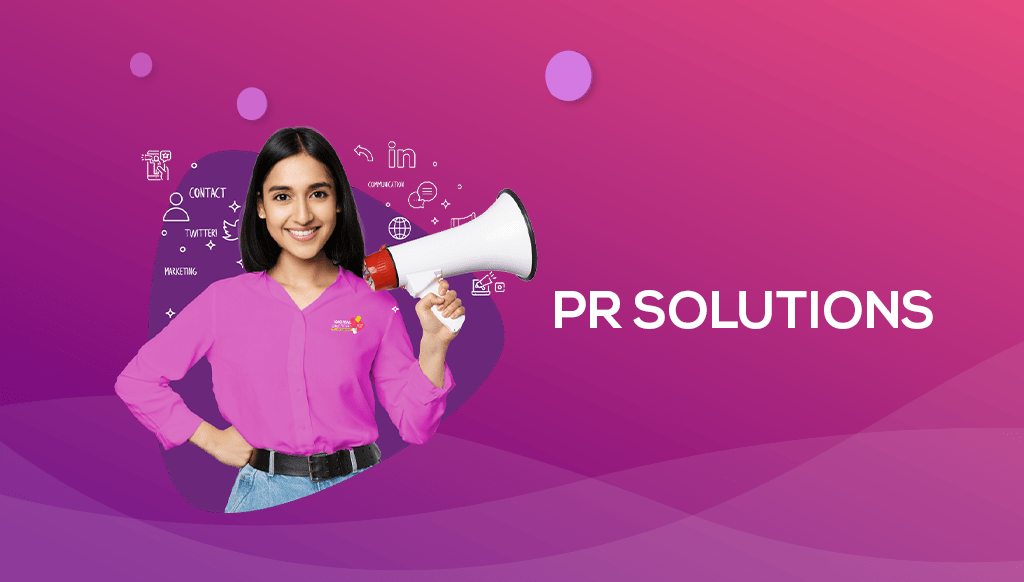
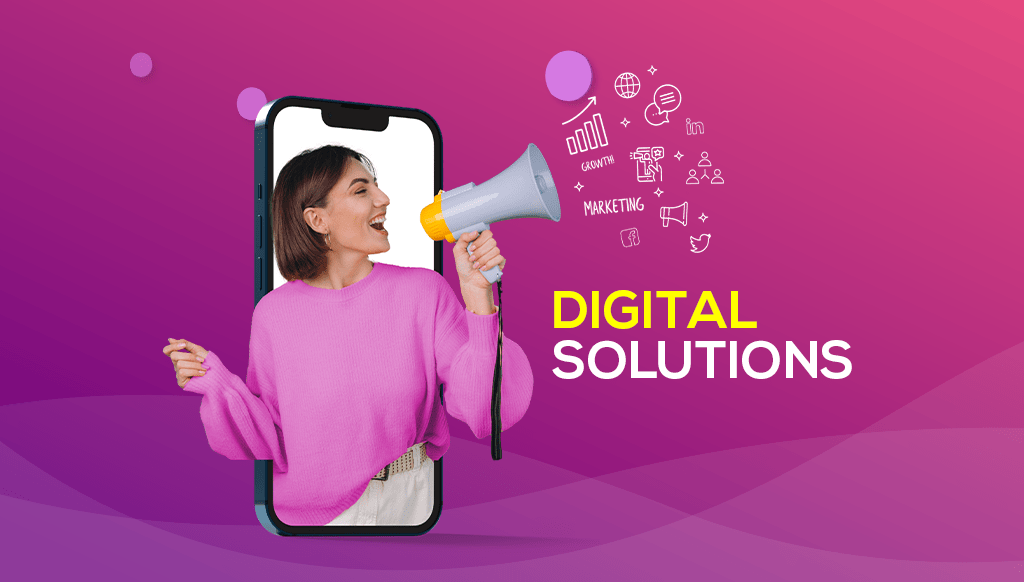
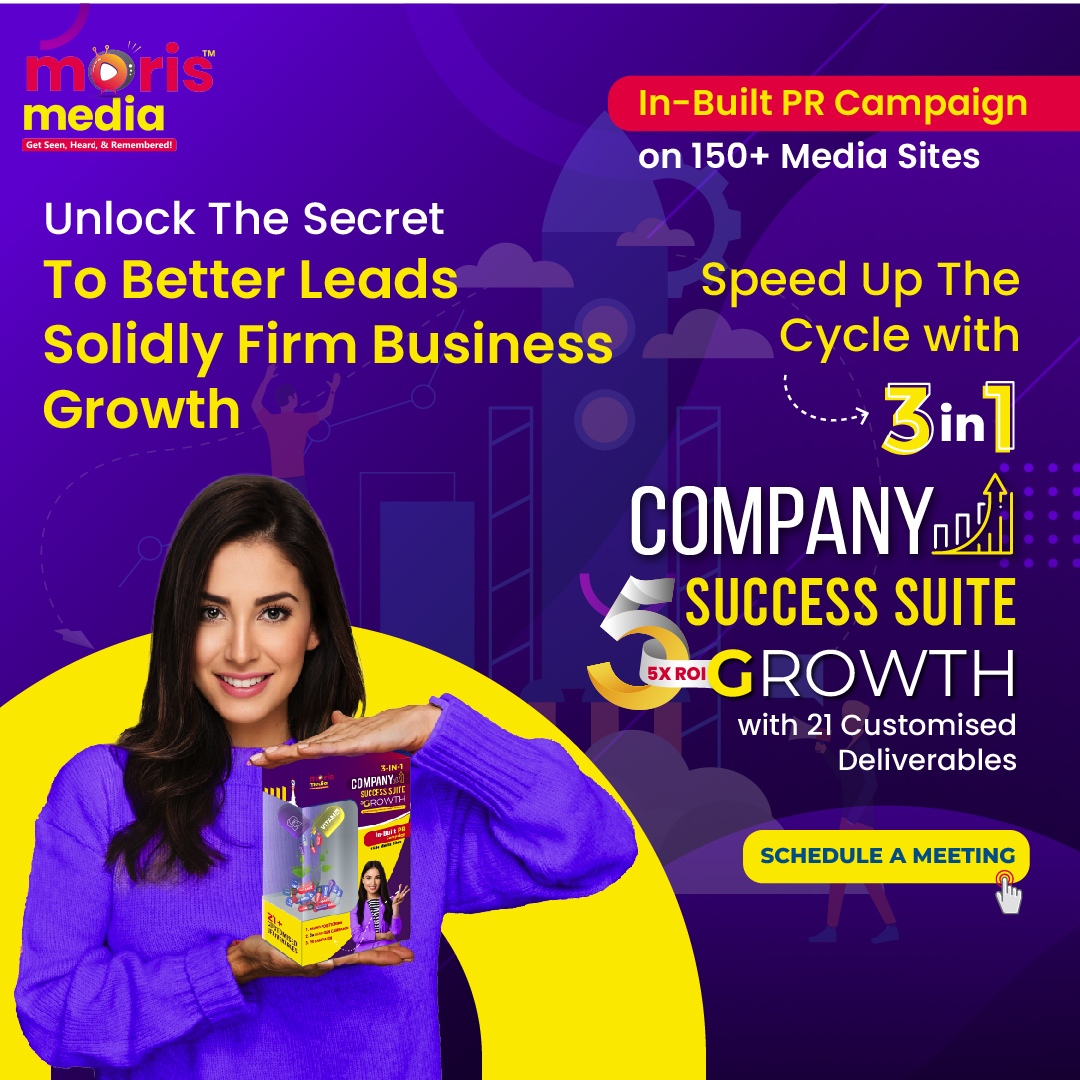

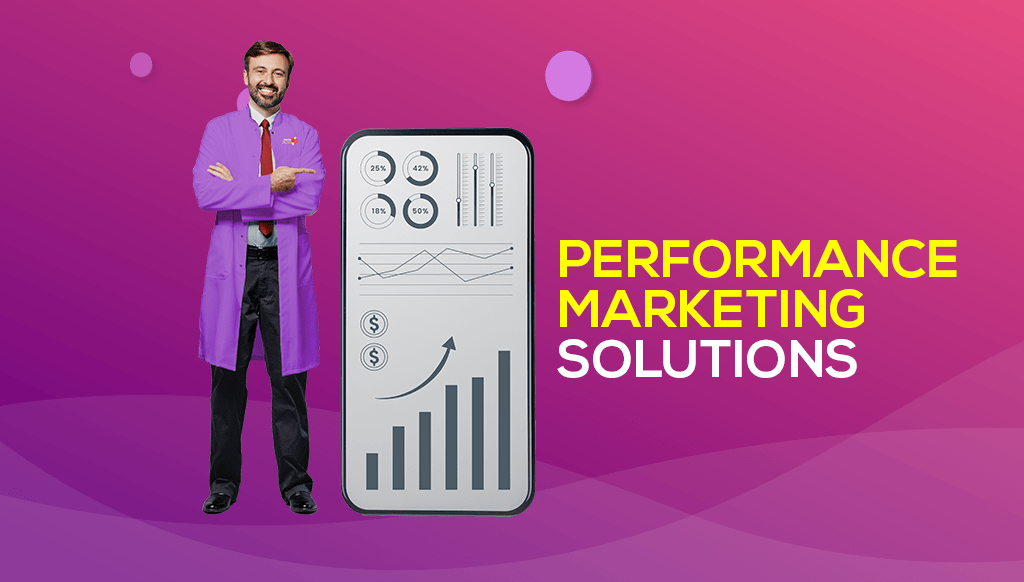
.png?v=1676960503)
